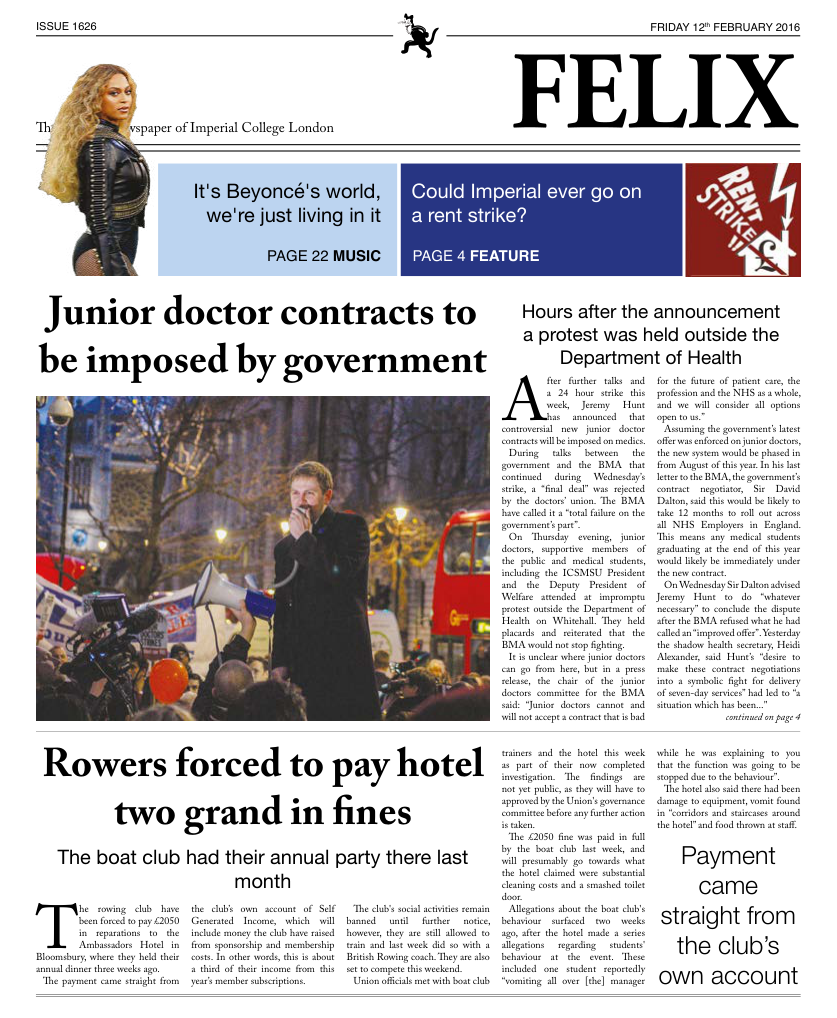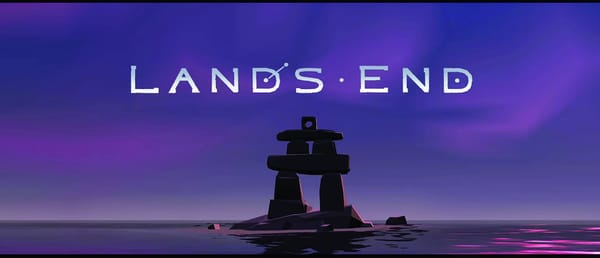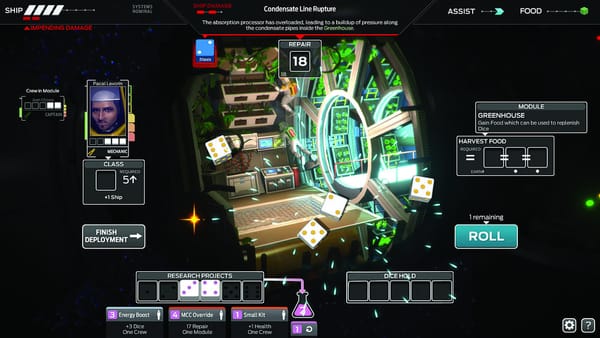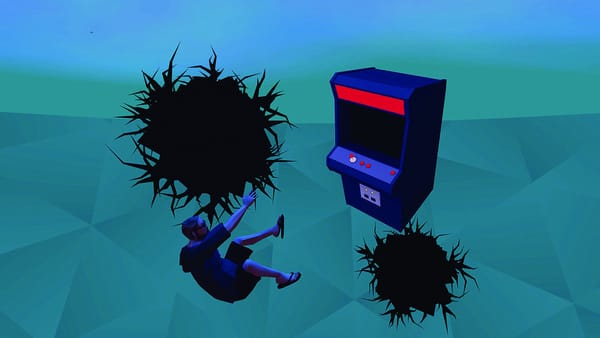Gravity Rush Remastered
It’s time to try defying gravity
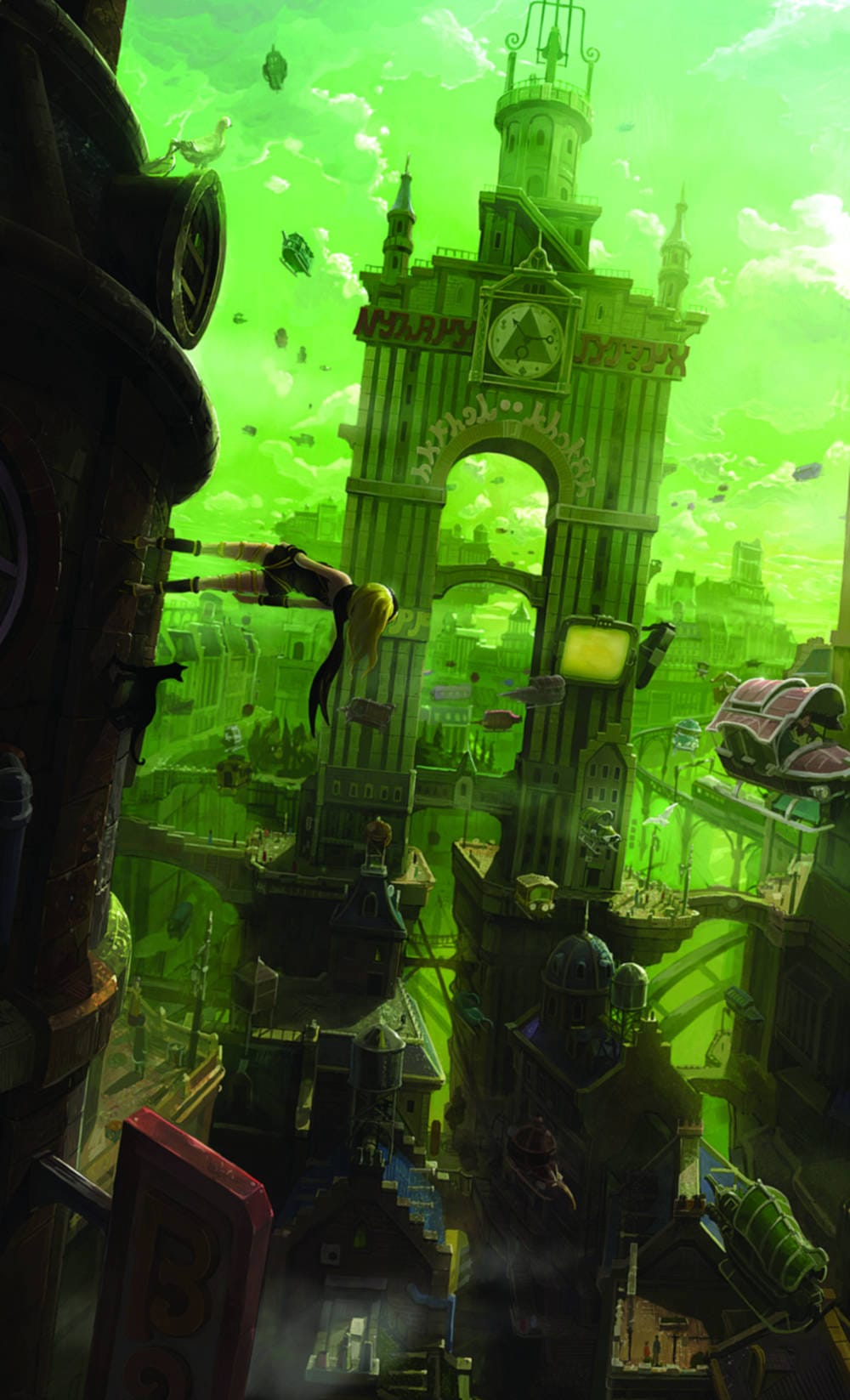
There are very few games that have provided the same joy and awe as Super Mario Galaxy. I remember fondly the moment when I, as Mario, was able to run around a small spherical planet for the first time. I wasn’t defying gravity; I was adhering to it, in a way no game had ever done before. It didn’t allow the player to control gravity, instead it offered up new environments where the concept of up and down was constantly in flux.
Five years later, Project Siren released Gravity Rush for the Playstation Vita. Critics at the time noted its innovative controls and mechanics, but it never quite achieved the success it deserved (mostly as a result of being on a platform that no one bought). At the core of Gravity Rush is the ability to manipulate gravity, an ability that the player must use to navigate the environment and defeat enemies. It’s an idea that, if implemented badly, could have been awful. Luckily, the developers have perfected the controls: hold down a trigger to float and then use the joystick or gyroscope to aim where you want to ‘fall.’
The expansive open world, unlike in Super Mario Galaxy, is flat (in the sense that no part of the world is curved). There are times when levels are formed in the same way as Galaxy – spherical and cylindrical – but, these are not what make Gravity Rush so great. The incremental cityscape, from your beginnings in an undesirable part of town to the city centre which adorns the cover, gives the player an increasing sense of wonderment. The initial thrill of floating around, and walking on the side of, small buildings is eclipsed again and again. By the time you’re finally towering above the city, there’s a real rush (pardon the pun).
The game isn’t just a platformer; it incorporates many role-playing elements. You can upgrade your powers, do optional side quests, and unlock extra costumes. These don’t detract from the core gameplay in anyway, but they often feel like unnecessary extras. Personally, I would have preferred a pure action-platformer. Super Mario Galaxy, like many other Nintendo games, gets it right in the way that your character’s abilities don’t get better over time, but expand through new power-ups and level mechanics.
Gravity Rush is very obviously a game by Japanese developers for a Japanese audience. It’s story begins with the tired trope of amnesia. You play as a girl called Kat, who meets a cat, Dusty, with gravitational powers. You’re thrown into a world where gravitational storms and creatures known as Nevi are ravaging the local populace. And it’s your job to save the day. At first, the plot does feel uninspired, but it soon grows into one of fantastical intrigue which even manages to incorporate themes of class and corruption.
Gravity Rush looks and performs marvellously
Comic style cutscenes playfully add character, and motive, to the world’s inhabitants. If you enjoy the themes and styles often found in anime, this might be the game for you.
For a game that has been ported from the Vita to the PS4, Gravity Rush Remastered looks and performs marvellously. It’s a great remaster. With the extra power of the PS4, the gritty, almost steam-punk, environments are given the respect they deserve. To exaggerate the changing environment, and districts of town, the sky changes colour as you move between each: the orange of Auldnoir, the purple of Pleajeune, the yellow of Endestria, and the iconic green of Vendecentre. Each reflects certain characteristics of these areas, making them feel distinct.
Gravity Rush is the first game since Super Mario Galaxy that has evoked the same childish excitement inside me. I have a huge amount of respect for developers Project Siren (and Bluepoint Games who handled the remaster). It might not be as polished or as revolutionary, but it’s just as fun. There’s something about playing with gravity that is just awesome.
Gravity Rush Remastered is out now on PS4


